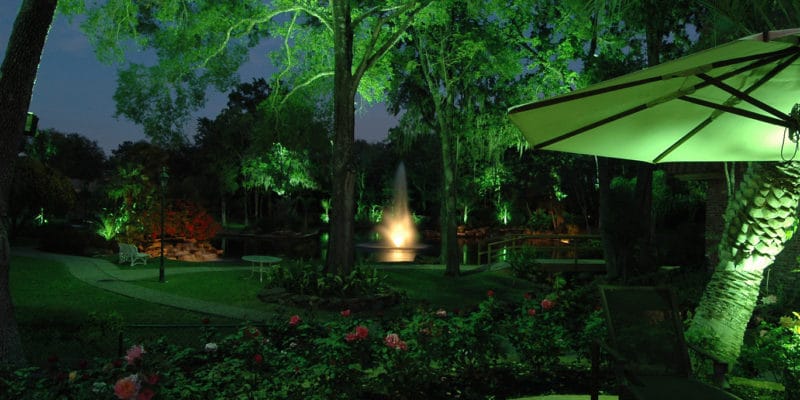11 Safety Tips For Installing Temporary Outdoor Lighting
When it comes to the outdoor lighting in and around our properties, most of us have some lights that they control, such as the security and porch lights. The other options are under public lighting. But some of the outdoor lights will serve as a decorative installation such as what we see on houses during Christmas and Halloween holidays.
Safety is a huge concern for every homeowner. We want our family, pets, and guests to feel safe whether their stay is short or long. As such, the availability of ample power cords, bulbs, and controls to ensure that you can manage the outdoor lighting becomes a significant investment for our gardens.
Many people have little to no regard for the importance of observing safety when installing outdoor lighting, especially if it is a temporary setup. They will not struggle to ensure everything is put up correctly and is up to code since they are not going for permanent installations. However, electricity and power connections are not a simple matter that you can handle as a triviality; they are always a danger. It is for this reason that the National Electrical Code has requirements for temporary electrical installations that are in line with the standard guidelines.
As such, safety comes first when you think of installing outdoor lighting in your yard. Therefore, you need to implement the following tips:
1. Install Outdoor-Rated Fixtures
Any lighting fixture you want to set up in your outdoor spaces should be built and designed for such a location and purpose. For instance, the porch lights are installed under the roof thus are never meant to get wet, but if you need to pick the type that designed for outdoor applications since it is bound to get damp and face fluctuation of hot and cold conditions.
Another example is the wall lighting fixture that will go next to the door. It may not have a protective cover and as such should sustain high impacts up to a certain degree and have high weather resistance, especially if it will be used on the exterior walls.
2. Use Outdoor-Rated Light Bulbs
Use the wrong type of bulb for exposed lighting fixtures such as the floodlights can you will be replacing it regularly. What works for the porch lighting will not suffice for the exposed installations. You should think about the life of the bulb even as you check its outdoor usage rating. Read the product description of some of the products, it the bulb can survive extremes such as the heat in an oven or the cold of a freezer, then it probably will work for outdoor purposes.
3. Avoid Using Metallic Binding Materials
When installing any lighting ornaments and wires, you should avoid damage the wires or using materials that are metallic for binding. Metal is an excellent electricity conductor. You should opt for materials such as plastic ties which are inexpensive, safe, and a popular choice for such jobs.
4. Use Outdoor-Rated Extension Cords
Extension cords will help pull the electric up to specific points where you want to install the lighting. However, you should only use the extensions cords that are made for outdoor applications. The indoor variety tends to be light and very flexible thus less robust for any outdoor use. You should use outdoor-rated extension cords only, even if you are putting up temporary lighting set up in your yard.
5. Avoid Over-lamping” A Fixture
Most lighting fixtures have a label or sticker that states the maximum wattage. Some will read 45W, 60W, and others 100W. Always abide by what the labels say so that you do not install the wrong bulb that will overheat the fixture’s wiring damaging the insulation of the wires. The indication on the stickers denotes the wattage you need to check for the bulbs you installed. For instance, if you opt for a CFL bulb in a 60W fixture, then you choose one the uses up any amount of power that is less than or equal to 60 watts and is amount to generate a higher illumination (light) than a 100W; 200W incandescent bulb.
6. Use Decorative Lights Made For Outdoor Use
If you need lighting for decorate purposes such as to light up skulls and pumpkins during Halloween or make the home showcase the festive mood of Christmas, then you should check the labeling to ensure you are using the right kind of lights. They should not be for indoor purposes. Pick the type that reads it is for an outdoor or multipurpose (outdoor/indoor) application.
7. Fit Weather-Resistant Receptacles
Ensure that you have outdoor receptacles installed for your power source options, even if you are working with temporary loads. It is a safer and a more presentable means of getting the power you need from one point to the outdoors instead of running a cord through the window or the doorway that can even cause someone to trip and fall over. You may benefit from especially covers for the wire; you also set the same for the receptacles. But with the receptacles, they should be able to handle hot, cold, and damp condition, meaning they should have a high weather-resistance rating.
8. Invest In GFCI Protection
The use of a Ground Fault Circuit Interrupter, or GFCI in short, is a protection measure. You should install GFCI power outlets in any section of your home where you might need to plug something in and still have a grounded electricity delivery. GFCI should be installed in the basements, kitchens, garages, bathrooms, attics, crawl space, and the porch for when you need to pull some electricity to your garden.
If the power feeds for your outdoor receptacles have GFCI protect that can be from a GFC device upstream or the circuit breaker, then you can work with a regular weather-resistant receptacle. But if that is not the case, then you should install a weather-resistant GFCI receptacle.
9. Cover Receptacles In Damp Locations Under A Roof
If you have the outdoor receptacles installed in an area that is protected from direct weather elements, you can cover them with a trap door that stays shut when nothing is plugged into that point. Make sure that you use covers that are rated ideal for damp locations and conditions.
10. Install A Cover For Exposed, Wet Locations
If the outdoor receptacles are installed in locations that have them exposed to the elements, then you should cover with an “in-use” cover. It will keep the receptacles and any attached plugs dry and shielded from the rain.
11. Watch Out for Flammable Materials
Avoid installing the lights next to materials catch fire quickly, especially if you are using lighting materials that produce heat. For instance, the decorative lights you need for the manager can see you use an accent light and still create the desired effect. Take some time to consider your decorative materials and plans so that you can planning for the lights accordingly.
If you would like to discover more tips and tricks from Robert Huff Illuminations; visit our blog. Call or contact us today for more information!

